Ganoderma sessile
Scientific name: Ganoderma sessile Murrill
Derivation of name: Ganoderma means having a " shiny
or lustrous skin"; sessile means "sessile" referring to the
absence of a stem.
Synonymy: Ganoderma lucidum (Curtis) P. Karst,
Boletus lucidus Curtis
Common names: TBD
Phylum: Basidiomycota
Order: Polyporales
Family: Ganodermataceae
Occurrence on wood substrate: Saprobic and parasitic;
solitary to overlapping clusters at the base of living
deciduous trees, particularly oak (Quercus), and on dead
wood such as stumps and buried roots; May through
November, annual but found year-round.
Dimensions: Cap up to 16 cm wide; stipe typically
absent. If present, a short, thick, misshapen stipe may
be centrally attached directly under a cap or, very rarely,
laterally attached and up to 5 cm long and 2 cm thick
(i.e., less than the diameter of the cap).
Upper surface: Covered with shiny, dark reddish-brown
to orangish-red varnish; margin whitish; glabrous.
Flesh of cap: The cream to pale tan to pale brown flesh
(context) has concentric growth zones but lacks the
melanoid deposits or bands found in G. curtisii; tough
but not woody.
Pore surface: Whitish to brownish with age, bruises
brown; 5-7 pores per mm.
Edibility: Inedible.
Comments: In the Northeast, Ganoderma lucidum
was the name given to all laccate Ganoderma species
(i.e., those covered by a lacquer-like resin, appearing
shellacked or varnished)
growing on hardwoods.
DNA evidence has reorganized the Ganoderma
species of North America. G. sessile and
G. curtisii, once considered part of the Ganoderma
lucidum species
complex, are now considered
segregate species. As it turns out, G. lucidum is a
non-native European species. G. lucidum does not
occur in the US
except in a couple western US
locations where it may have been introduced by
those seeking to cultivate it
for its reputed
medicinal
properties. Ganoderma lingzhi, an Asian species
known as lingzhi or reishi, and cultivated for its
medicinal properties, was also once considered part
of the G. lucidum species complex.
More information at MushroomExpert.com:
More information at TomVolkFungi.net:
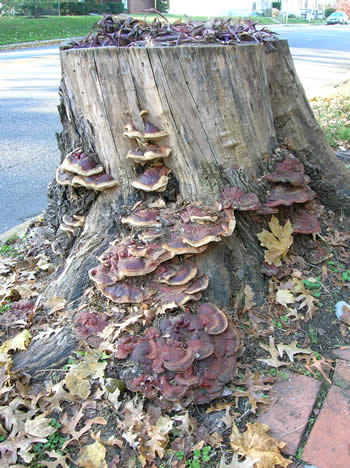
Figure 1.
Ganoderma sessile growing on a maple stump.
Photo © Gary
Emberger.
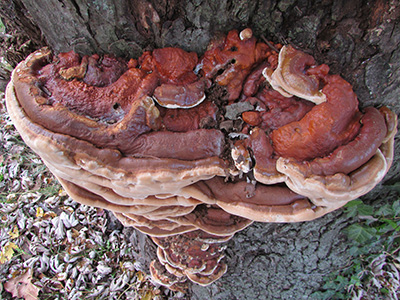
Figure 2.
Ganoderma sessile growing as overlapping conks
(cap-like shelves).
Photo © Maricel Patino.
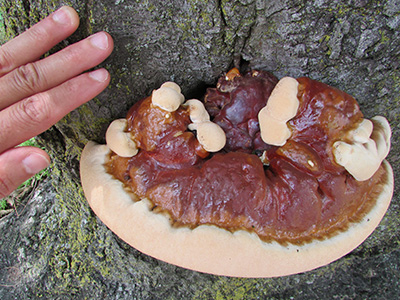
Figure 3. This photograph illustrates what it means to be laccate in
that much
of the upper cap surface is covered with a shiny, dark,
reddish-brown varnish.
Photo © Maricel Patino.
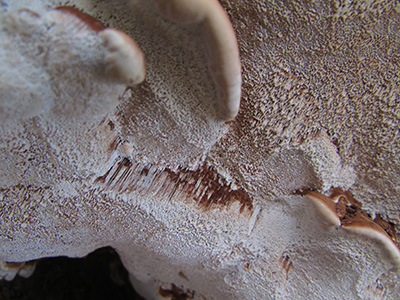
Figure 4. When young, the pore surface of
Ganoderma sessile is
whitish.
Photo © Maricel Patino.
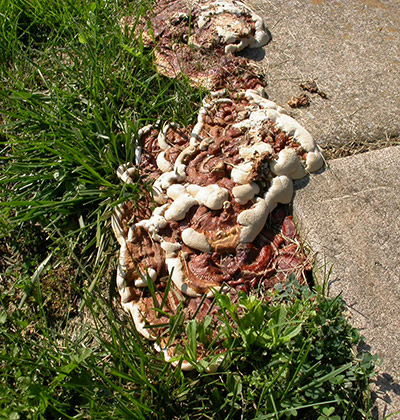
Figure 5.
This specimen of Ganoderma sessile is growing from
the dead roots of a pin oak (Quercus palustris) tree which
had been removed the year before.
Photo © Gary Emberger.
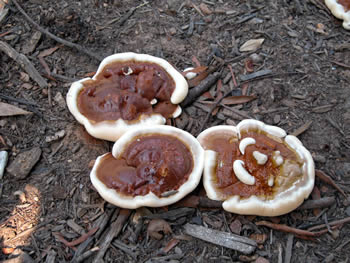
Figure 6. These specimens are terrestrial but are growing
from buried roots. Note the thick, white growing margins.
Photo© Larry Grand.
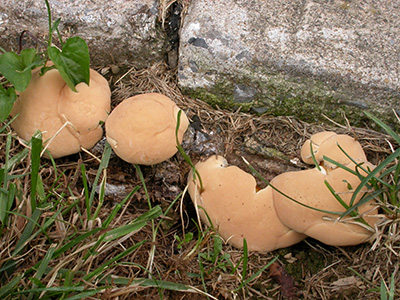
Figure 7. New growth appearing from buried pin oak roots. Note
the fungus-encased
tip of
the violet leaf in the upper left corner and
compare to Figure 8.
Photo © Gary Emberger.
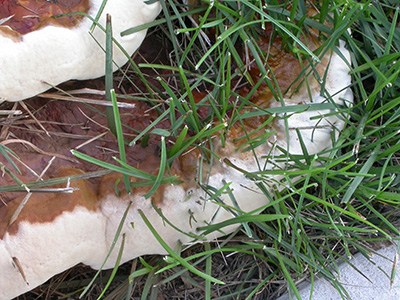
Figure 8. As Ganoderma sessile grows, it surrounds and
envelops any obstacles in its path. The blades of grass did not
grow through the fungus but rather were encompassed by the
growing margin of the fungus.
Photo © Gary Emberger.
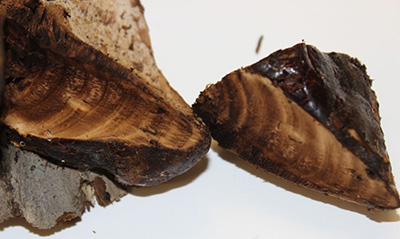
Figure 9.
If the cap (or stalk) is sectioned vertically, concentric
growth zones are visible in the cap flesh
(context) of Ganoderma
sessile.
Photo © Andrew Loyd.
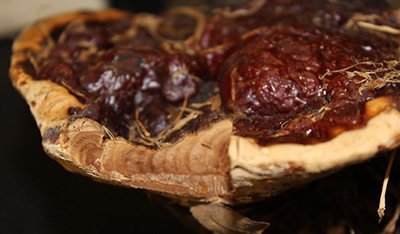
Figure 10.
Another view of concentric growth zones in a sectioned
cap.
Photo © Andrew Loyd.